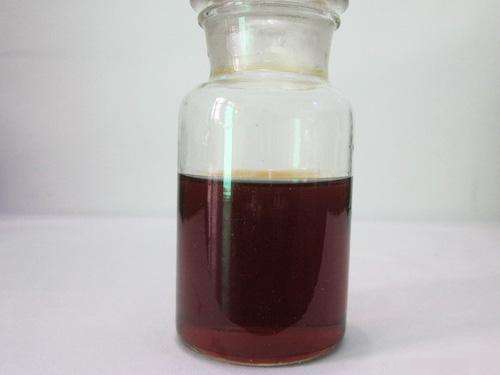Synthesis and Applications of Amino Tris Methylene Phosphonic Acid in Chemical Research
Amino Tris Methylene Phosphonic Acid An Overview of Its Characteristics and Applications
Amino tris methylene phosphonic acid, commonly referred to as ATMP, is a versatile compound widely recognized for its role in various industrial and environmental applications. It is a phosphonic acid derivative that contains three methylene phosphonic groups and an amino functional group. This unique molecular structure endows ATMP with significant chelating properties and enhances its efficacy in multiple domains, including water treatment, cosmetics, and pharmaceuticals.
Chemical Structure and Properties
ATMP has a complex chemical composition represented by the formula C7H18N3O9P3. Its molecular structure comprises three phosphonate groups attached to a central nitrogen atom, allowing it to form stable complexes with metal ions. The amphoteric nature of ATMP means it can function as both an acid and a base, depending on the pH of the environment in which it is used.
The compound is generally soluble in water and exhibits a high degree of stability across a range of temperatures and pH levels. These physical properties make ATMP a prime candidate for applications in environments that would typically destabilize other chelating agents.
Applications in Water Treatment
One of the most prominent uses of ATMP lies in the field of water treatment and scale inhibition. In industrial processes, particularly in cooling water systems, calcium carbonate and other mineral scales can accumulate and lead to operational inefficiencies. ATMP acts as a scale inhibitor by forming complexes with calcium ions, effectively preventing their deposition. This property not only extends the life of equipment but also reduces maintenance costs associated with scale removal.
Additionally, ATMP is used in combination with other phosphonates and polymers to enhance overall performance in water treatment applications. Its ability to disperse particles and prevent corrosion in metal pipes makes it an essential additive in various formulations, including detergents and cleaning agents.
Role in Agriculture
amino tris methylene phosphonic acid

In agriculture, ATMP serves as a fertilizer additive. When chelated with micronutrients, it can improve the bioavailability of essential elements like zinc, iron, and manganese to plants. By enhancing nutrient absorption, ATMP can help improve crop yields and overall plant health, contributing to more sustainable agricultural practices.
Moreover, ATMP can be used to stabilize fertilizers, reducing nutrient runoff into water systems, thereby helping minimize environmental pollution. This dual role in maximizing crop productivity while mitigating ecological impact highlights its importance in modern agriculture.
Uses in Cosmetics and Personal Care Products
Beyond its industrial applications, ATMP has found its way into the cosmetics and personal care sector. Its chelating properties allow it to bind metal ions that can destabilize cosmetic formulations or lead to skin irritation. Consequently, ATMP is often incorporated into skincare products, shampoos, and conditioners to improve stability and protect the skin and hair from the adverse effects of heavy metals.
The amphoteric nature of ATMP also makes it suitable for various pH levels, enabling formulators to use it in diverse products effectively. Its utility in cosmetics underscores the growing trend of incorporating multifunctional ingredients that provide multiple benefits in personal care formulations.
Future Perspectives
The increasing awareness of environmental sustainability and regulatory changes concerning phosphate use have prompted continuous research into the development and optimization of ATMP and its derivatives. As industries move towards greener alternatives, ATMP stands out as a promising candidate for sustainable water treatment solutions and eco-friendly agricultural practices.
Furthermore, innovations in polymer chemistry could lead to the synthesis of even more effective derivatives of ATMP, enhancing its performance and expanding its applications across different sectors.
In conclusion, amino tris methylene phosphonic acid is a multifaceted compound with significant implications across various industries, from water treatment to agriculture and cosmetics. Its ability to chelate metal ions, enhance stability, and improve bioavailability makes it a valuable asset in modern technology and environmental management. As research continues, the potential of ATMP could further expand, offering innovative solutions to current industrial challenges.
-
Water Treatment with Flocculant Water TreatmentNewsJun.12,2025
-
Polymaleic AnhydrideNewsJun.12,2025
-
Polyaspartic AcidNewsJun.12,2025
-
Enhance Industrial Processes with IsothiazolinonesNewsJun.12,2025
-
Enhance Industrial Processes with PBTCA SolutionsNewsJun.12,2025
-
Dodecyldimethylbenzylammonium Chloride SolutionsNewsJun.12,2025





